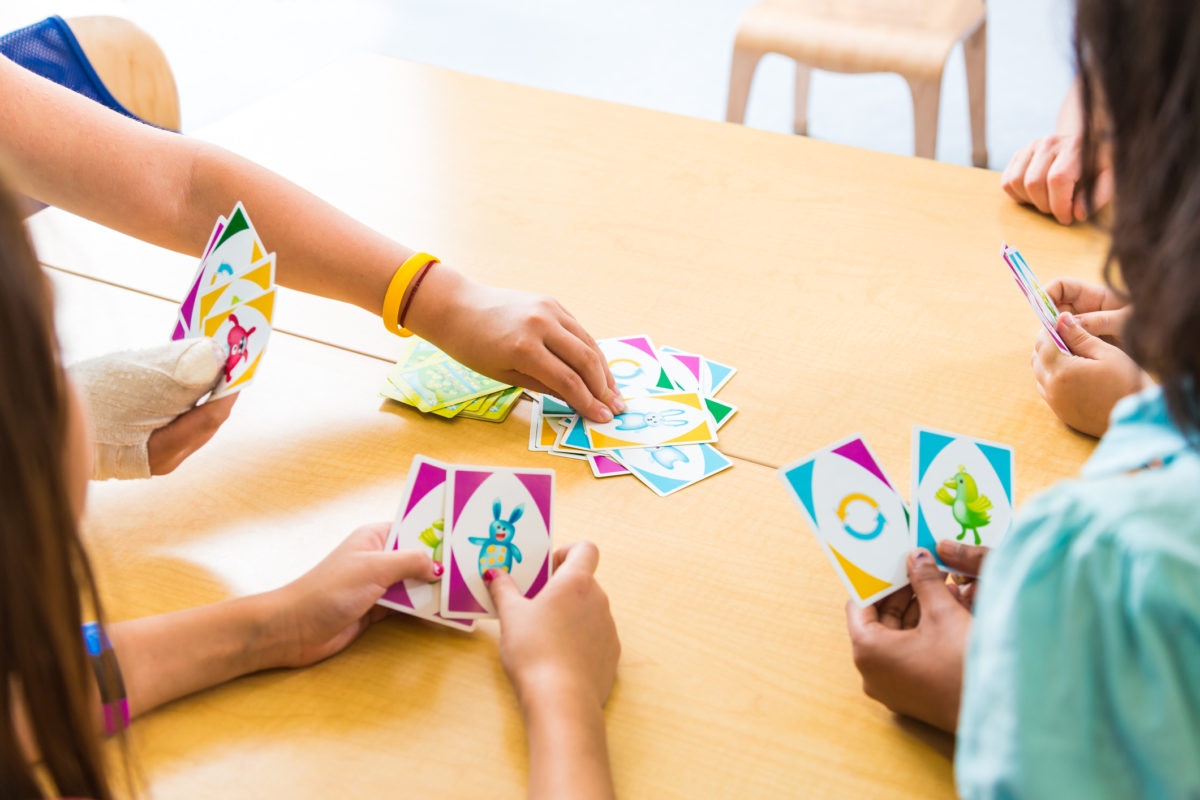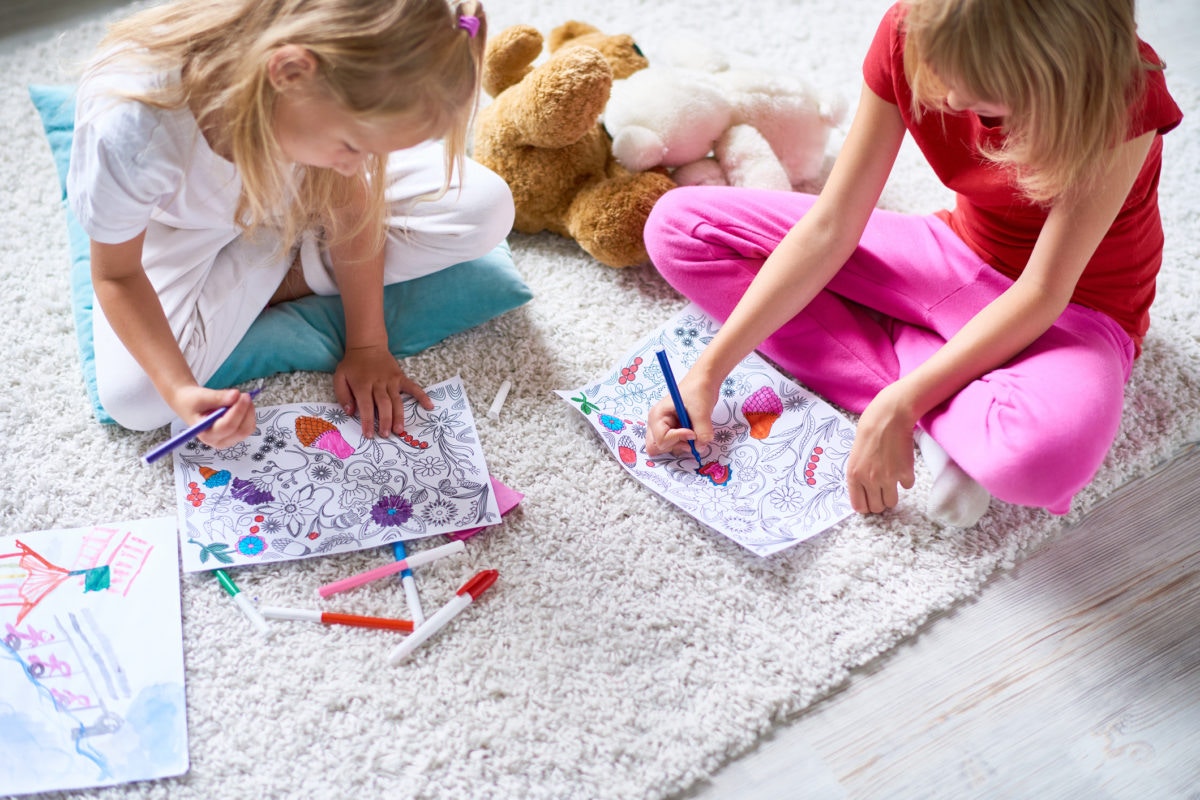There’s a shift between third and fourth grade, a real jump in academic expectations. As an ex-third-grade teacher (now teaching fourth grade), I can tell you that the shift is entirely real. I was taken aback when I started teaching Grade 4 and realized how much higher the benchmarks were all of a sudden, most noticeably since the introduction of the Common Core standards.
The Common Core Standards are hard
The Common Core Standards are nothing if not high-reaching and rigorous, and Grade 4 is a grade in which children are being asked to learn and use skills more independently than ever before. The stakes are high as teachers coach students to meet the new standards. Your fourth grader may shrug her shoulders and tell you that she did "nothing" in school today, but actually the opposite is true.
Much of the content taught to 4th grade students these days deals in conceptual understandings that weren’t taught to us until we were in middle school or even high school. The standards have undoubtably shifted expectations and raised the bar. Fourth graders are working hard all day, and they’re doing real academic work. They’re expending a lot of energy within an entirely structured day: studying, researching, and growing their understanding of concepts, skills, and strategies.
It makes sense that they come home tired. They're still, after all, pre-adolescent, not even in middle school yet. They’re still kids. In Finland, a country known for its excellent education system, nine- and 10-year-olds spend an average of two hours engaged in free play every day, whereas American fourth graders are lucky if they get 25 minutes of recess a day.
I feel that fourth graders deserve a break and that they deserve to have as much of a childhood as we did when we were growing up, which is why I’m one of a growing body of teachers who’ve decided to give my Grade 4 students "free choice" time within the school day. I wish that I could give my students a choice time every day, but our classroom schedule is packed with mandates that are outside of my jurisdiction. A choice time every day isn’t possible so my kids will have to settle for once a week.
If your child comes home tired after a long day at school, respect that the exhaustion from a day doing fourth grade work is valid. Allow him some free, unstructured time at home. Give him the gift of non-scheduled time in which he can simply play, or just be.
Academic choices are good, but aren’t enough
Some fourth-grade teachers give their students "Academic Choice Time" when children can choose which academic projects they’d like to pursue. Of course, providing children with choices in the classroom is implicit in good teaching practice, but it's sadly too often the case that most children in Grade 4 are given choices only of an academic nature.
When I noticed that my students were tired each week by the time Friday came around, I decided choices had to go beyond the academic. Their weekdays had been so tightly packed with educational pursuits that they’d had very little down-time. I wanted to give them a space where they could draw, read, write, stare into space, build with Legos, put on a play, write songs, anything. I believe that education is about the whole child. The social and emotional wellbeing of a child is interconnected with academic growth.
Once I started giving my fourth-grade students a choice time, they relished it like nothing I’d ever seen in my classroom. I realized my instincts were right: unstructured time to be social, to "play" outside of the playground with each other, and to just be is as important at the upper elementary level as it is in kindergarten.
Some of my students brought in marbles and Jacks, some played board games with each other, some built dens for stuffed animals, and some grabbed a whiteboard and played school. Fourth graders are not beyond imaginative play, far from it; it’s an important way that they can make sense of the complex world in which they live, a world that they’re asking more and more questions about.
Fourth grade is a time when children are more aware of current affairs and the state of the world. Choice time gives them a bit of time to think, process, and take action. The other day in my classroom, I noted that one student was choosing to make a card for a friend’s parent who was undergoing a course of chemotherapy, another was writing a letter to the principal asking for more recess time, and still another was forming a "no litter" club. The gift of choice time is that children have time to pursue their passions, questions, interests, and wonderings about themselves and the world.
If your child is asking questions about the world, allow her the free time and space at home to share her wonderings, to brainstorm solutions, and to find a way to take action in whatever way feels right.
Social conflicts need a forum for resolution
In fourth grade, social cliques form quickly, friend drama is everywhere, and kids are still learning the balance between being kind and inclusive and speaking what’s on their mind. Choice time gives children a time to work through their friendship dramas – they can navigate their social lives with a teacher not far away for guidance, coaching, or mediation if necessary. In choice time, children can put into practice what they're learning in theory all the time – how to be good, kind, fair, and tolerant people.
It's in choice time, whether at school or at home, that children grow beyond the academic. It's in choice time that real magic happens. Choice time affords your child the chance to grow as a person: to become an activist, writer, painter, builder, social butterfly, introvert, designer, and pursuer of his own unique passion. Choice time allows your child to choose his own adventure. Surely everyone needs a little of that.



